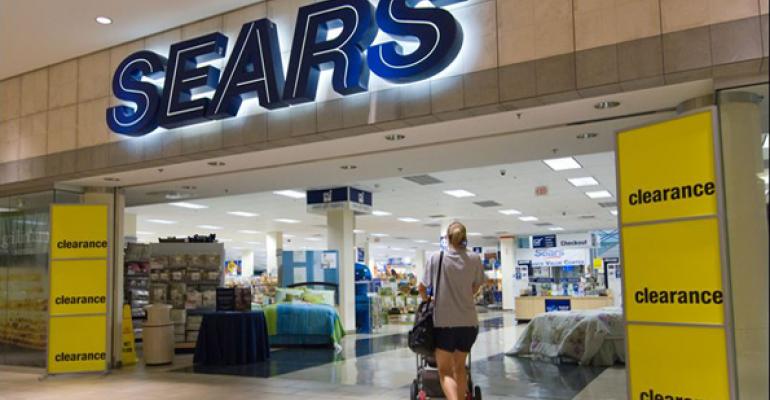Recently, GGP shareholders approved the Brookfield Property merger deal by a wide margin. Sure they did. The value was reported to be in the range of a 6 percent cap rate, a number that any self-respecting, not fee-driven real estate owner would consider aggressive.
Yes, I have heard the commentary. The cap rate was on the low side because the properties are Class-a, located in great locations and therefore protected from the “retail apocalypse” (if that’s still a thing). Also, GGP has begun to convert many of these malls into more experiential facilities, which serves as proof positive that they will overperform in the new age of retail. Now that I mention it, what in fact is the new age of retail? Have retail tenants even settled on a proven new-age prototype around which we can build new-age properties?
For the record, brick-and-mortar retail will long outlast Amazon’s break-even flirtation with retail. That doesn’t change the fact that GGP’s portfolio does not represent the stable investment touted by the various commentators. I think the only question that remains is whether it is a redevelopment or a covered land play.
Something everybody in retail seemingly agrees on is that the department store is a new subset of endangered species. When Sears finally brings its going out of business sale to an end, all its stores will close—including the “class-A” locations. In 2009, the Wall Street Journal published an article titled Empty Mall Stores Trigger Rent Cuts, highlighting the effect of co-tenancy clauses on retail properties. This property-killing clause can be found in almost every retail lease, entitling tenants to rent reductions and even terminations if occupancy (including unowned portions) drops below a predetermined threshold. To quote the article, “The result is a ripple effect, as failures trigger co-tenancy violations, which in turn lead to canceled leases, more vacancies and more violations” and ultimately the demise of an otherwise healthy property.
Page 14 of GGP’s 2017 annual report clearly shows that almost every one of their class-A properties is anchored or shadow anchored by one of the endangered species: Sears, Macy’s, JC Penney, Bon-Ton etc. You need a lot of Warby Parkers, Bonobos and restaurants to backfill a 100,000-sq.-ft. box. To be clear, I haven’t reviewed GGP’s leases to determine the levels of exposure, if any. However, even absent co-tenancy clauses, the impact of a vacating anchor (even if underperforming) can exceed 100,000 shopping trips a year. Vacancies caused by systemic retailer issues cannot be offset by the quality of a property without a significant investment. This is why the GGP portfolio must at best be considered a redevelopment play. They must transition from malls to larger mixed-use projects with retail merely a component.
Most malls, however, are not of the class-A quality. Vacancies have already begun to inflict the sort of direct and indirect damage discussed above and the limited crop of backfilling tenants want “it all” at a reduced rent. Owners nationally are grappling with the reality shattering their balance sheets and profitability. Lenders won’t accept a borrower’s word as gospel, especially the special servicers not beholden to cash ratio requirements.
Owners are at a massive disadvantage. Most retailers have still not figured out “what they want to be when they grow up,” increasing the risk of investing capital to backfill a space with another retailer. Converting a property to mixed-use can also be difficult in some legacy zoning districts. And if all that was not enough, the clock seems to be ticking at 1.5x speed.
Owners must take decisive and prompt action using marketable data (to lenders and stakeholders) to develop a sustainable turnaround plan that highlights their value-add. Presenting your lender or partners with just a problem or a canned solution will result in false starts and potentially foreclosure. Solving the path forward with data-driven creativity that positions you as an authority instills confidence and minimizes risk.
Shlomo Chopp serves as managing partner of Case Property Services (CPS), a restructuring practice headquartered in Brooklyn, N.Y. He can be reached at [email protected].

